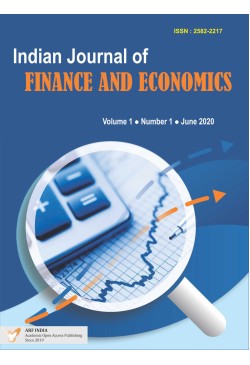Fiscal policy is a very important constituent of development policy of the economy. It is comparatively more effective than the monetary policy due to its direct and immediate impact on the economic development activities and the determinants of development. Therefore, fiscal policy is preferred than the monetary policy especially for economic stability, improvement and enhancement in economic growth. This has adequately proved in the world great depression crisis, as per the suggestions of J M Keynes. It is a policy of the government regarding public expenditure and revenue mobilization so as to realise and achieve its pre-determined objectives. This policy has very important instruments such as public revenue, taxation, public expenditure, public debt and deficit financing. The study concludes that government of India is mainly depending on internal debt (>98%) than the external debt to mobilise public debt, is right and justifiable. Importance of the disinvestment as a source of public debt of government of India has increased significantly, which indicates the withering away of the government from the development of the economy and enhancing privatization. The government of India is interested in the development of the economy at present, current and short run than the future, long run and sustained, is not rationale and appropriate. Public debt is an important instrument of fiscal policy and thereby development policy having extensive, intensive and long term development of the economy. Therefore, its proper formulation and sincere, rigorous, honest implementation is very much needed. Along with the important role of the public debt as an effective means of development of the economy, it is also an instrument of correcting fiscal imbalance, especially fiscal deficit.
Keywords: Public debt, development, fiscal imbalance, fiscal policy, fiscal deficit.
JEL Classification: H60, H61, H62, H63, H68
P. S. Kamble (2022). Public Debt in Development and Fiscal Imbalance of India. Indian Journal of Finance and Economics, Vol. 3, No. 2, pp. 173-195.
https://DOI:
10.47509/IJFE.2022.v03i02.04
